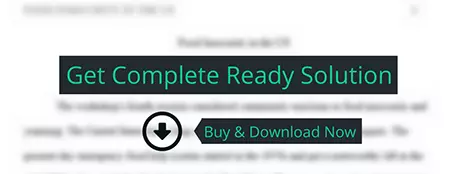Amnesty International.
social sciences
Description
HIS 301 Sem 4 and Sem 5 - Source Evaluation.
This is two separate papers. One on Jo Ann Robinson and the other on Amnesty International
Every Source has a bias - and every modern investigator has a bias too. One of the tasks of the historian is recognizing the biases of the past and present so that we can more understand the past.
Answer the following questions in six paragraphs for each paper.
1. Who created the source? Did the author produce the source for personal use, for one or more individuals, or for a large audience? What is the source's purpose? If the source is recollecting an event, how long after the event is the retelling?
2. Who is the original audience? Was the source meant to be public or private?
3. What underlying values can you discern from the source itself? What things does the author care about?
4. What underlying values does the audience have (or the author believes the audience has)? Which of these values are shared by the author and audience and which are in tension? Is the author trying to persuade his or her audience? Inform them? Teach them?
5. What underlying values does the modern reader have that may conflict with the values expressed in the source? How might this hinder the modern reader's understanding in the past?
6. How does the source confirm or contrast with history as told by the authors of our textbook?
As part of each response, please defend your response by appealing to specific examples from the source itself.







